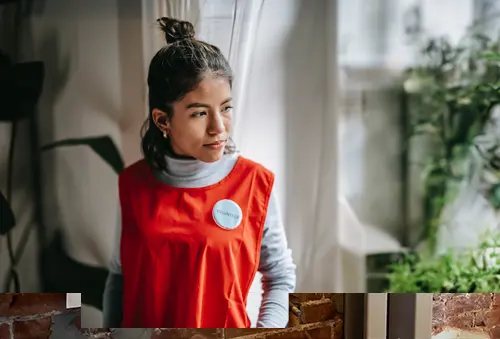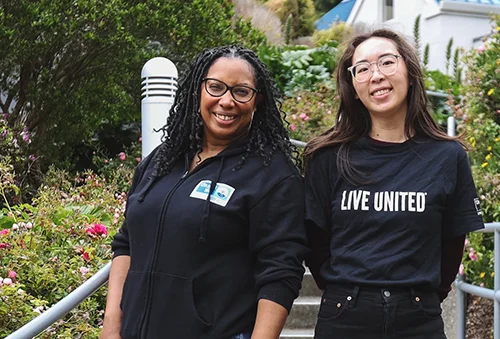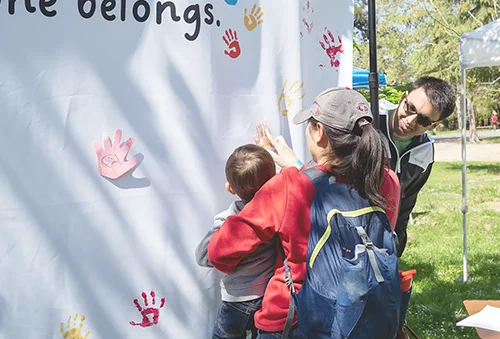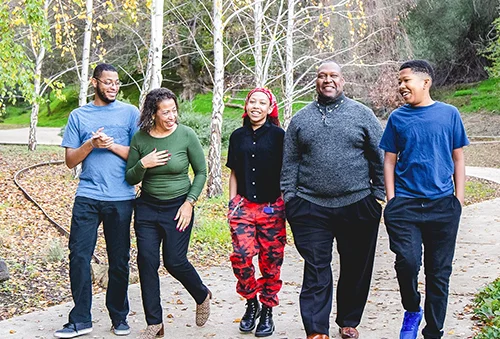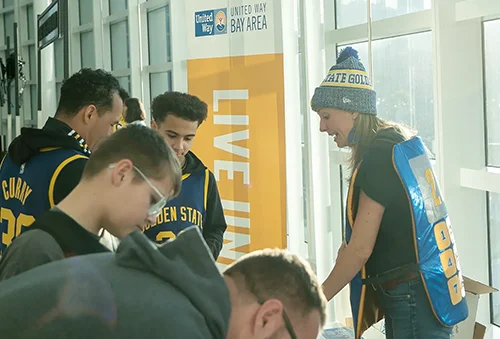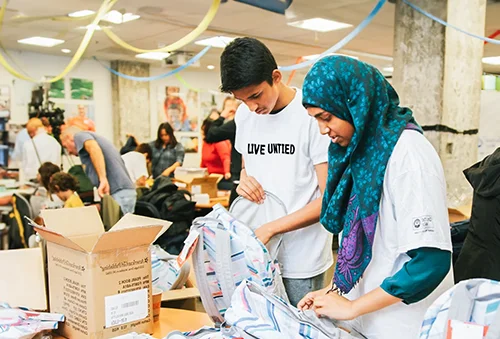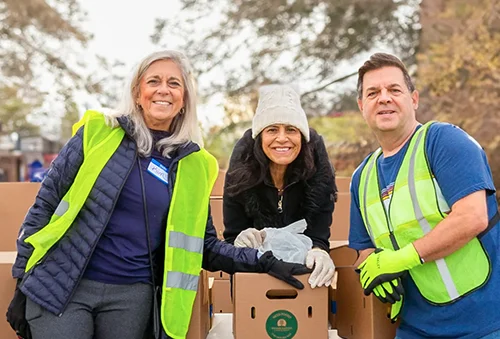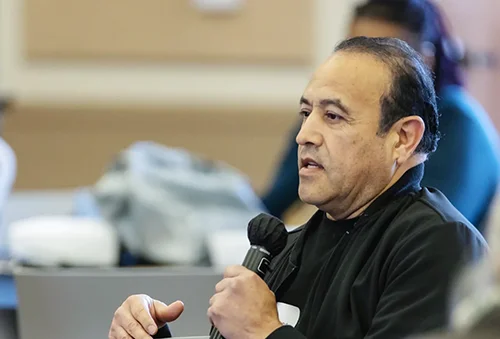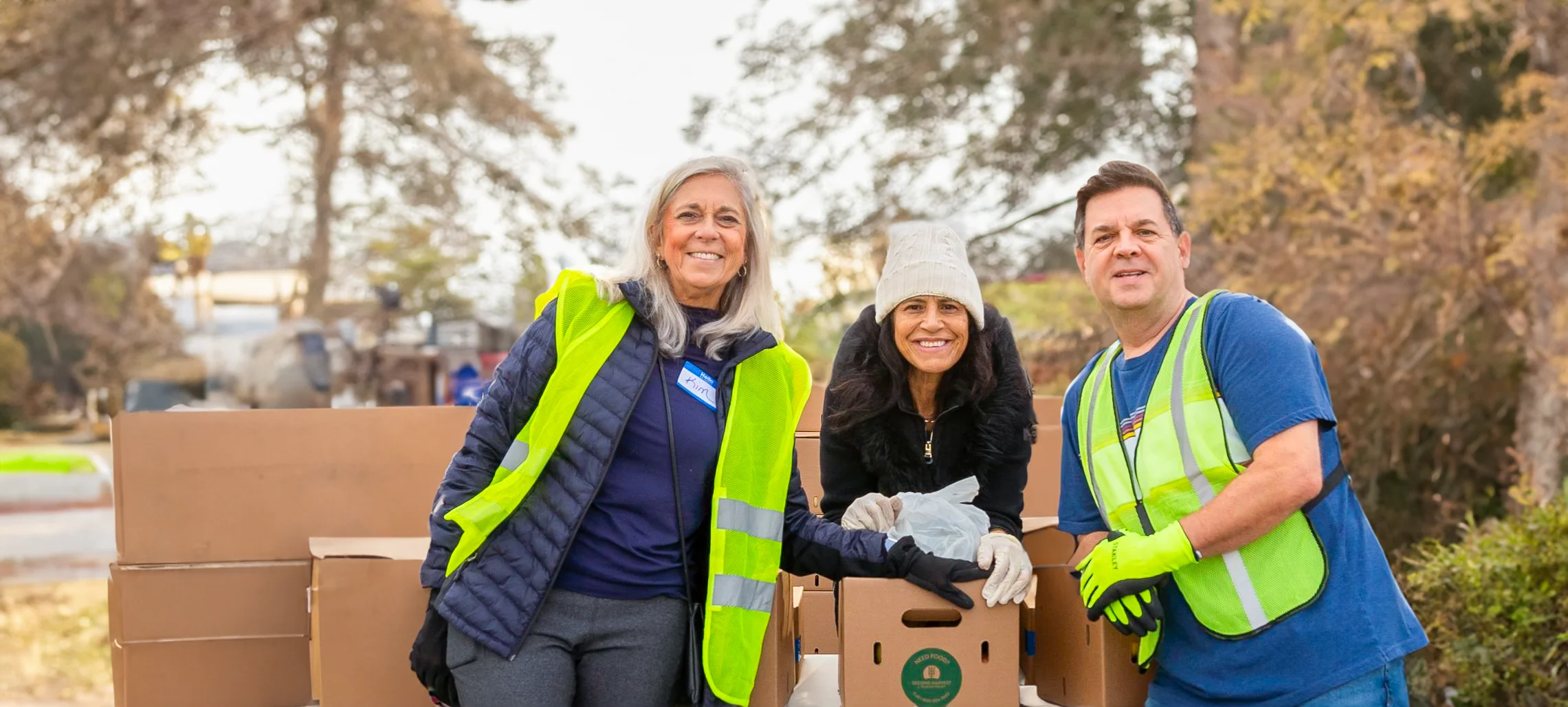

Santa Clara County
Change Through Collaboration in Santa Clara County
Building a Resilient and Inclusive Community
Welcome to our page dedicated to Santa Clara County. We are committed to addressing the pressing needs of our fellow residents and working together to create a stronger and more equitable community.
From access to affordable housing and economic stability to supporting workforce development and community services, there exist both opportunities and challenges. We recognize the importance of addressing these needs for the well-being of all Santa Clara residents.
Through this page, we aim to provide you with valuable data and insights that shed light on the specific challenges faced by our community and the collaborative initiatives driving positive change.

We Are Stronger Together.
Juan is one success story. It begins with his years growing up in the Bay Area:
“I did stuff that I shouldn’t have done. A lot of it was because I was angry. Since I was about 15, incarceration played a major role in my life. Nothing too serious. But I was in and out.”
The last time he was released, Juan was determined to build a new life. A turning point was finding the United Way Bay Area SparkPoint Center at Laney College. He had completed culinary studies and was taking additional classes in hopes of attending University of California, Berkeley to earn a bachelor’s degree and secure a higher-paying job.
The Need in Santa Clara County
Income Inequality in Santa Clara County is Growing
Between 2018 & 2021, there was a 27% increase in cost of living in Santa Clara County while wages only increased 14% .
A call for help
Santa Clara County had the highest 211 call volume in 2021 compared to the rest of SF Bay Area counties, with most calls being related to housing and basic needs.
Housing is a cost burden for many residents
221,436 households in Santa Clara County are housing burdened, spending more than 30% of household income on rent.
Our Impact in the Community

211
(A free, vital service that connects callers with health and human services (food, shelter, childcare, legal services)
211 received 23,966 calls and texts from the community, resulting in 51,907 referrals to basic needs and community resources
Emergency Assistance Network (EAN)
(EAN Provides emergency services to people in need through our seven member agencies.)
676,733 meals served through EAN partner agencies to Santa Clara County residents.


SparkPoint
(Centers that provide one-stop access to a full range of services to move families towards financial prosperity.)
Since SparkPoint started in 2017, the program has helped clients increase their annual income by an average of $2,335.
Explore the Data

The Real Cost Measure
United Ways of California, in partnership with California’s 29 local United Ways, is proud to release How Much it Costs to Struggle: The Real Cost Measure in California 2023, a study on what it takes to make ends meet in California.
Unlike the official poverty measure which primarily accounts for the cost of food, the Real Cost Measure factors the costs of housing, food, health care, childcare, transportation and other basic needs to reveal what it really costs to live in California.
Explore our Real Cost Measure dashboard

211 Bay Area
(A free, vital service that connects callers with health and human services (food, shelter, childcare, legal services))
2-1-1 phone and text services are available 24 hours a day, 7 days a week and are available in 150 languages through phone interpretation services and English and Spanish for text services.
Explore our 211 Dashboard
